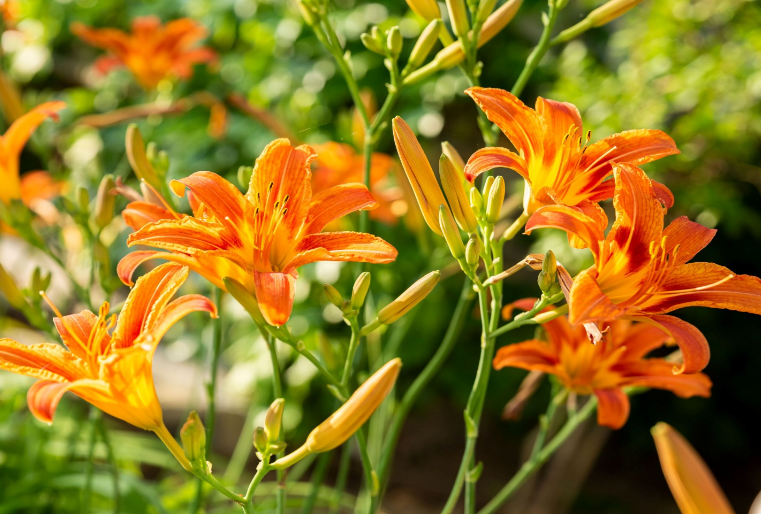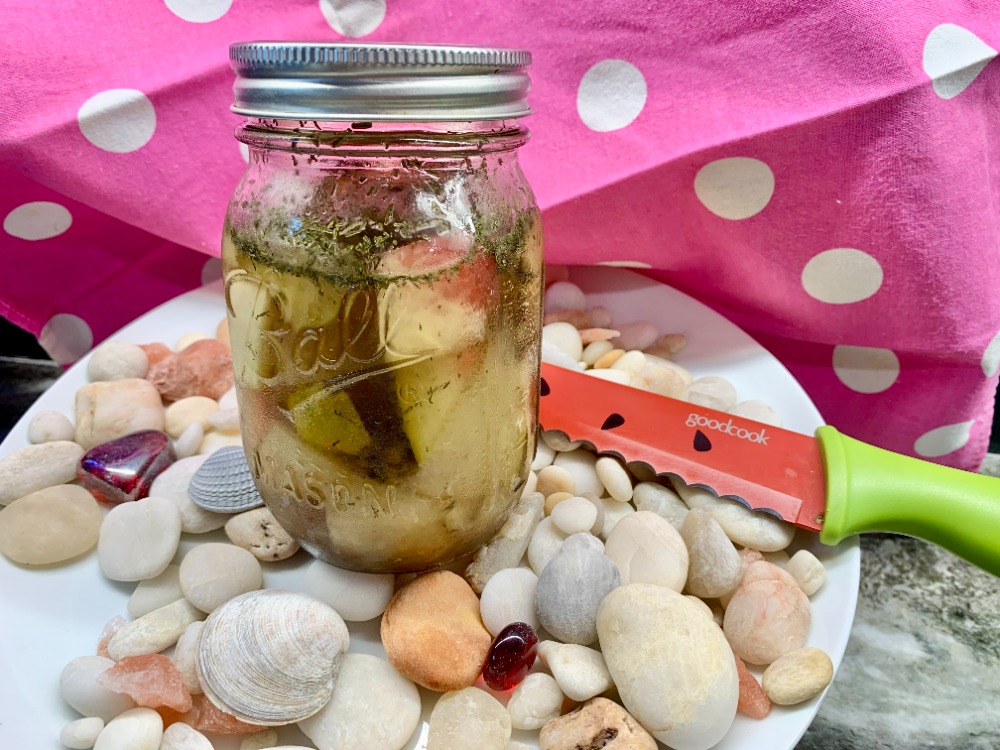SETX Heat- Daylilies Have ‘Proven’ Resilience
Published 1:40 pm Tuesday, April 15, 2025

- The ‘common’ orange daylily (Hemerocallis fulva) is often referred to as a “ditch lily” requiring no special care to get established. Daylily is native to Asia and common around the world, where flower buds have been used as food for centuries. (Courtesy: Backyardboss.net old house gardens)
|
Getting your Trinity Audio player ready...
|
By: John Green, Texas Certified Expert Gardener, Orange County, TX
Last weekend proved to be an excellent opportunity for SETX gardeners to enjoy time outdoors, hopefully completing garden tasks before summer’s arrival. As with most gardeners, my time is constrained, where I always seem to be ‘behind the 8-ball’ with some garden chores due to managing family life, career and travel schedule with gardening. So, I’m happy to report that my vegetable garden (consisting of ten raised beds) planting is now completed with a bit of room remaining for succession planting (beans and cucumbers). This season a ‘dedicated’ raised bed (within the vegetable garden area) was planted with ornamental flowering plants such as daylily, cosmos, vinca, coneflower, and black-eyed Susan vine to entice and hopefully increase the number of pollinators who visit.
Today, our discussion centers on a plant variety (one of my personal favorites- ‘common’ daylily) which evokes fond memories (growing up in West-Germany) with Oma Nagler, who always maintained beautiful flower and vegetable gardens, instilling in me the love of gardening very early in life! The daylily ‘family’ group (aka Hemerocallis) has substantially increased since Oma’s time. The American Hemerocallis Society has more than 100,000 registered daylily cultivars with new cultivars being added yearly. Daylily flowers are unique, characterized by flower form (type), fragrance, bloom interval, blooms per plant, flower color (except ‘true’ blue), hardiness zone and petal markings. Daylilies require well-drained soil with consistent moisture and will often provide gardeners with a profusion (non-stop blooming) for a month or longer depending on the variety. Weekly watering and ensuring they receive 1 to 2-inches of water will assist them during intense heat or whenever rainfall is scarce.
Daylilies are readily available from numerous sources, such as mail order catalogues (online retailers), local growers, and gardening clubs. Purchased via mail order (online) catalogues, daylilies are typically shipped “bareroot” or packaged in peat moss. Local purchases are sold in 4-inch to 1-gallon sized nursery pots. My preference is to support small local business, purchasing through them unless variety is severely limited.
Once purchased (regardless of where purchased), inspect plant roots closely- checking for dehydration. Soak plant roots in water for an hour or longer which has a small amount of liquid plant food (1/8th tsp or less) before planting. Shipped plants always require an additional bit of nurturing to ensure the plants’ success. If in doubt as to whether the roots are dehydrated or not, give them a soak! The best time to order mail order daylilies is late winter and plant in the spring. Note that I often plant mail order daylilies into 1-gallon pots to allow them a full season to grow and develop a strong root system before transplanting to their permanent location.
Once the roots are inspected and soaked, they are ready for planting. Daylilies grow best in full-sun and when planted in small mounds, just slightly above the ground level. Dig a hole (deep as the crown of the daylily- this is where the bottom of the leaves meets the roots). Loosen the soil and add compost, then mix well. Build a small mound to hold the plants’ crown, loosely packing the amended soil around the roots. Frequently water the plant with enough water to keep the soil moist until new growth appears.
Daily, evening strolls through the garden to remove the previous day’s blooms is one approach to allow daylilies to look good and keep the garden tidy. Blooms last for one day and removing spent blooms, gardeners are making way for the next day’s flowers with and added benefit… enjoying the fragrance of today’s blooms.
Caring for daylilies nutritional needs is done twice yearly and the easiest way to remember when to “feed” them – Halloween and Valentine’s Day – since both holidays are centered around candy! Provide daylilies a good nitrogen-based food such as Milogranite®, Sunniland®, Pro Care®, or Nutrients Plus® 4, 3, 1 or other similar organic fertilizers, sprinkling about a cup on each daylily clump and watering afterwards.
Daylily Terms:
Flower Forms
Single– three petals and three sepals (normal)
Polymerous– more than the normal number of segments in each floral whorl
Double– more than one whorl of petals and sepals or peony-like outgrowth
Unusual form– distinctive petal or sepal shapes, affecting the form of the flower in a unique way
Spider- petals much longer than they are wide
Color Markings
Band– a coloring that does not show on the sepals
Eye– a coloring that is on both the petals and the sepals, and is darker than the rest of the segments
Bicolor– petals are different and darker color than the sepals
Eyezone– zone of color above the throat
Bitone– petals are different and darker color than the sepals
Halo– an eye that is very narrow or indistinct and shows on both the petals and sepals
Blend– petals and sepals are two or more colors
Midrib– the center vein that runs through each petal and sepal, it can be a different color
Diamond Dusting– the flower reflects light as if it is sparkling
Polychrome– petals and sepals have intermingling of three or more colors
Dotted Dusted– the surface color is unevenly distributed over the background color
Self– petals and sepals are all the same color
Edge/picoted– the edges or the flower segments are a different color
Tipped– the tips of the flower are a different color
Watermark– an eye that is lighter color than everything else on the segment
So long for now fellow gardeners, let’s go out and grow ourselves a greener, more sustainable world, one plant at a time! For answers to your gardening questions, send me an email: jongreene57@gmail.com.





